Photographs: Robert Galbraith/Reuters Piyali Mandal in New Delhi
Nokia, the global phone maker from Finland, has experienced its fair share of turmoil in the last few years. From a dominant position with 40 per cent market share globally four years ago (Q1-2008), it has plummeted to 20 per cent. India, a place where it has enjoyed undisputed dominance over the phone market for years, is no longer its impregnable stronghold.
Its share in the Indian phone market has also nosedived, from 72 per cent in 2008 to 38 per cent in 2012 (Q1-2012). One important reason is that the low-end segment of the market, Nokia's bread-and-butter category, where it became a household name, is becoming fiercely competitive.
Homegrown players have entered with cheap, slick products, while Chinese knock-offs have also flooded the market. It is a country, however, that the Finnish phone maker cannot afford to ignore. The Indian mobile handset market is worth Rs 33,031 crore ($5.91 billion).
Nokia's management has a different take on these turbulent times and what ails. "Nokia is in transition," said Vipul Mehrotra, director, smart devices, Nokia.
"We will continue to enrich our smartphone categories with new device additions. Our partnership with Microsoft for Lumia phones is based on the company's Windows operating system. We have received good success here," Mehrotra added, but chose not to share the number of Lumia sold in India so far.
...
Can Lumia revive Nokia's fortunes in India?
Image: A red traffic light is seen next to the German headquarters of Nokia Siemens Networks in Munich.Photographs: Michael Dalder/Reuters
Neil Shah, senior analyst at consultant Strategy Analytics, said: "We estimate Nokia shipped 6.9 million Lumia smartphones with the Windows phone operating system cumulatively worldwide during the first three quarters after commercial launch, from Q4 2011 to Q2 2012. This compares with 3.7 million units of the rival Apple iPhone family in its first three quarters during 2007, and 1.3 million units for the Samsung Android family in its first three quarters during 2009. It is an encouraging start for Nokia and Microsoft."
Yet, the reality or the urgency of Nokia's mission is viewed somewhat differently by others. "India is one market where the company enjoys maximum brand equity. When its other markets were in trouble, Indian market was still growing. They will have to look at India, if they want to stay in business," Jayanth Kolla, co-founder of consulting firm Convergence Catalyst said.
Consequently, Nokia has realised that its next battleground is not in low-end phones, but in the smartphone segment, a category becoming increasingly important as faster 3G and 4G networks become status quo and browsing the net on one's mobile becomes second nature, especially to the growing population of youth.
...
Can Lumia revive Nokia's fortunes in India?
Image: Visitors walk past a Nokia board as a man checks a map during the Mobile World Congress in Barcelona.Photographs: Albert Gea/Reuters
Convergence Catalyst estimates 9 to 9.5 million smartphones have been sold in India in 2011 and sales will grow by approximately 100 per cent in 2012 to 18 to 20 million devices. Smartphones are expected to form 12 per cent to 14 per cent of total mobile handset sales in 2012.
Consequently, last December, it launched its first smartphone device on the Windows platform, expecting to corner a lion's share of the Indian market. Yet, from being the clear leader with almost 60 per cent share then (2010), the company has already slipped to number two position in this segment. Research firm Convergence Catalyst pegs Samsung's share in India in the January-March quarter at 45 per cent, way above Nokia's 25-30 per cent.
Will Nokia be able to claw its way back into contention in possibly what will become the next big battle for supremacy in the phone market?
Nokia's hopes rests on its flagship Lumia - a series of smartphones on the Windows, based on its partnership with Microsoft. It has already launched a range of three new Lumia devices, including the Lumia 800, Lumia 710 and most recently the Lumia 610 in India. The management is optimistic about its fortunes.
...
Can Lumia revive Nokia's fortunes in India?
Image: A man walks past a Nokia area at the Mobile World Congress in Barcelona.Photographs: Albert Gea/Reuters
"The Lumia family of devices spells out a new dawn for Nokia in India, as well as globally. And, we believe we have already taken the first few steps towards consolidating our leadership in a market," the company spokesperson said.
In an attempt at strengthening its portfolio, it has added the Nokia 808 PureView to its smartphone arsenal. It also has the Asha series of smartphones in the low segment. The cheapest smartphone in its kitty is priced at Rs 4,149.
Nokia is also trying to push out more devices in the Rs 8,000-14,000 price range, which appears to be becoming Android's sweet spot. Nokia's recent launch, Lumia 610, is priced at Rs 12,999 and is focused on the aspirational segment.
"Lumia is a differentiator device in Nokia's stable. The experience on the Windows platform is different from Android, but is it enough for Nokia to win back customers who have turned to the Android platform? The answer is no," said Katyayan Gupta, research analyst with consultancy firm Forrester.
...
Can Lumia revive Nokia's fortunes in India?
Image: A girl tests out the new Nokia N8 mobile phone at the Nokia Flagship store in Helsinki.Photographs: Lehtikuva Lehtikuva/Reuters
There are other issues. "The hardware is good but they need to price it aggressively, specially in India, which is a price-sensitive market," Katyayan Gupta added.
For example, Nokia launched its Lumia 800 at over Rs 23,000 at a time when Samsung Galaxy Plus was retailing at Rs 20,000. The company also needs to expand its offering in the Rs 20,000-plus smartphone category.
"At present, it has only two-three phones in the Rs 20,000-plus range, compared to six to seven devices in the same range from the Android platform," Gupta added.
However, what some are calling Nokia's most egregious misstep might be its recent choice of operating system. At a time when most of the device makers such as Samsung are present on Android, or have their own operating systems, whether it is iOS for Apple or BlackBerry OS for Research in Motion, Nokia decided to try its hand at developing its own OS called MeeGoo. It was touted to be Nokia's answer to the explosion of Android and iPhone popularity.
As it finished putting all the bells and whistles on it, Nokia dumped the operating system and instead partnered with Microsoft for the Windows Phone. Moreover, analysts think the decision by Nokia CEO Stephen Elop to discontinue 'Symbian' was also a wrong one.
...
Can Lumia revive Nokia's fortunes in India?
Image: A visitor holds Nokia N92 mobile TV with a 2.8 inch screen during Nokia conference in Barcelona.Photographs: Albert Gea/Reuters
This, analysts feel, is going to cost them dearly. "We do not expect Windows Phone to be a major player in 2012, as it will not be available in the low and mid-end price ranges, unlike Android," Jayanth Kolla, co-founder of consulting firm Convergence Catalyst said.
According to CyberMedia Research, "Nokia, that catered to all mobile segments, saw its absence in the Android ecosystem dent its performance."
According to recent data from CyberMedia, Nokia saw a revenue dip of eight per cent 2011-12 in India at Rs 11,925 crore.
According to Convergence Catalyst, 2012 is expected to be the year of Android dominating the India Smartphone scape. The share of Android is expected to grow significantly to over 50 per cent of the smartphone market, based on multiple devices being continually launched by both global and Indian handset OEMs.
But there's hope for Nokia. According to market analysts at IDC, the Windows Phone will take almost 20 per cent of the smartphone market by 2016, overtaking Apple's IOS mobile operating system.
According to IDC's Worldwide Quarterly Mobile Phone Tracker, Microsoft's market share will balloon to 19.2 per cent in 2016 from the 5.2 per cent market share it has today. Apple's share will drop from 20.5 to 19 per cent, IDC forecast, and the Android market share will slip from 61 per cent to 52.9 per cent.
...
Can Lumia revive Nokia's fortunes in India?
Image: Nokia X3 cellphone boxes are seen in a Nokia flagship store in Rome.Photographs: Alessandro Bianchi/Reuters
There are other disadvantages to being on a Windows smartphone platform. While there are thousands applications available on Android, an open-source platform, on the Windows platform the applications are limited.
Nokia is trying to address that by apps developers. "Today, the apps being submitted to the Windows Phone MarketPlace have grown to 300 per day (up from 100 per day, 12 months ago) representing a 300 per cent increase. The number of Apps submitted to Marketplace has hence grown from 7,000 to more than 100,000 now – representing a growth of 1,000 per cent," Mehrotra said.
"Additionally, for each new device launched, we have partnered with leading operators in the country to create robust data plans that help the consumer experience the full power of their device," he added.
Still, the company is doing its best to market itself aggressively and increase its brand visibility. From associating itself with events such as the IPL, specifically, the Kolkata Knight Riders, to Channel V's Nokia India fest, the company is using 360 marketing and advertisement campaigns to increase its brand recall.
Most recently, it has also announced the launch of Collector's Edition Lumia 800 for the Dark Knight Rises movie, with exclusive content for consumers and a unique consumer engagement program to enhance the experience.
This might ultimately not be enough to provide a boost to a company that has made some contrarian choices in a fiercely contested smartphone market.

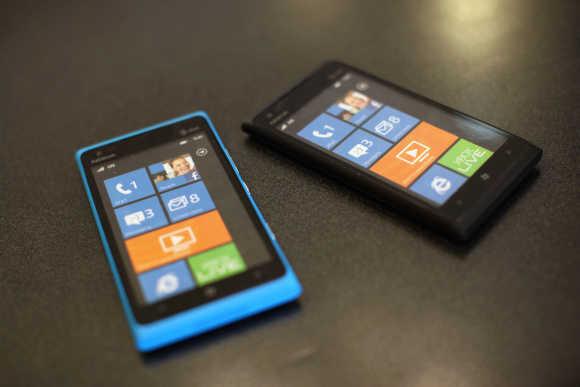
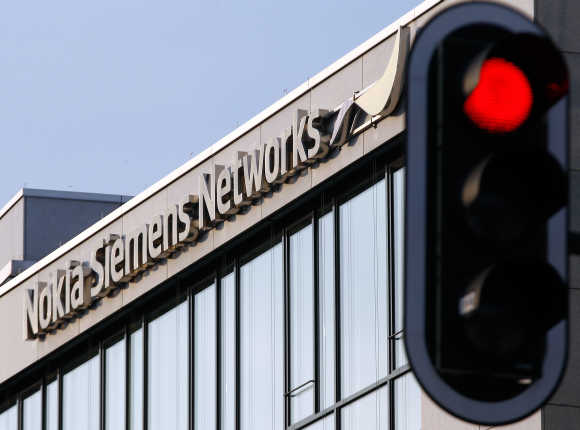

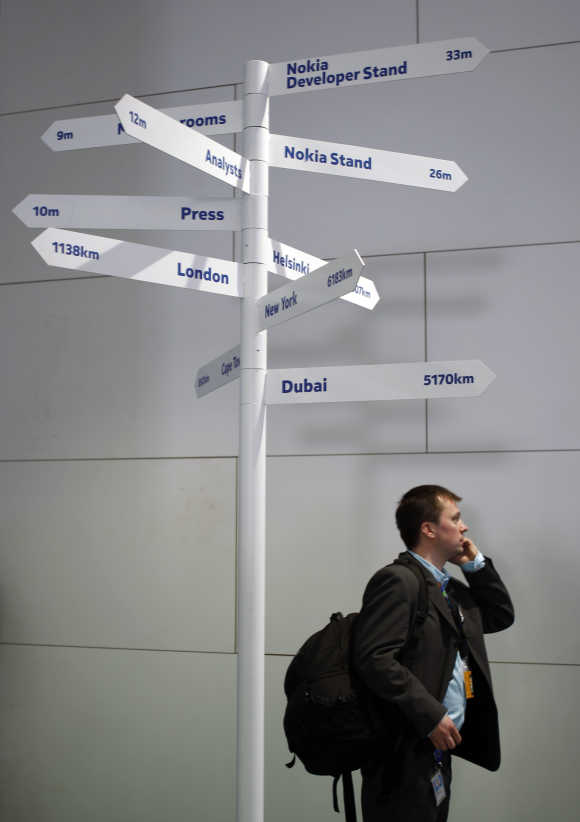
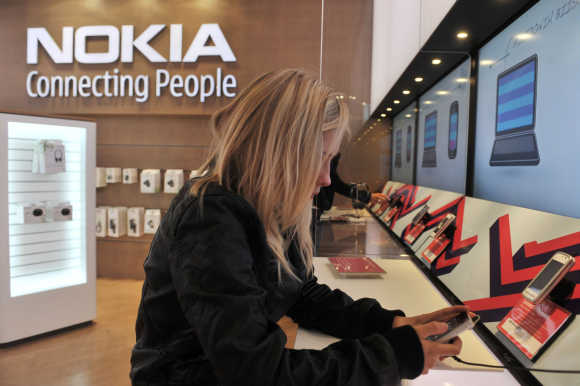
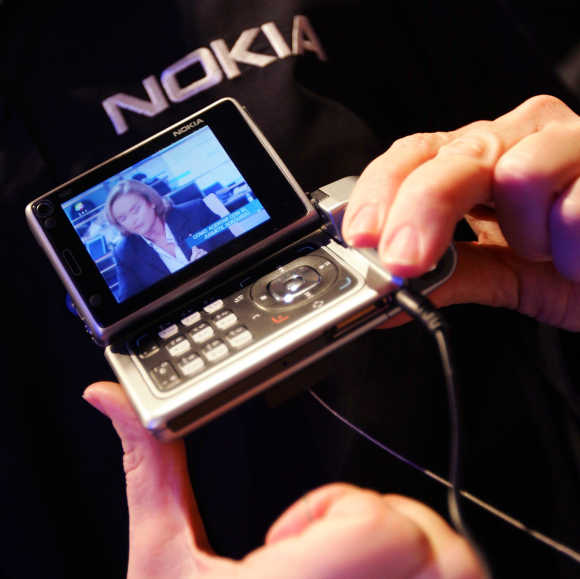


article